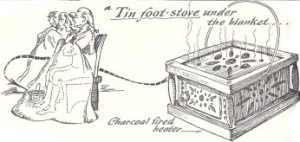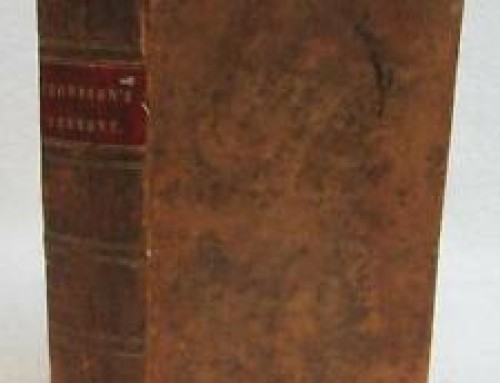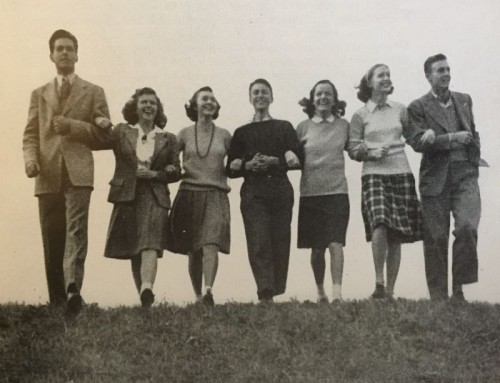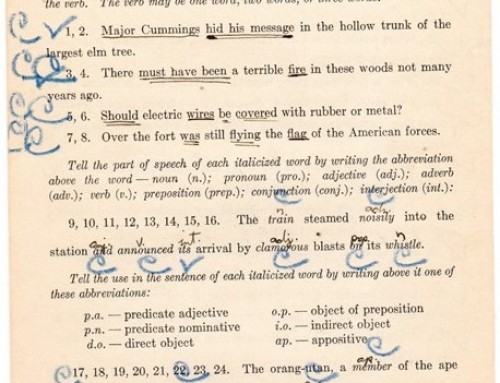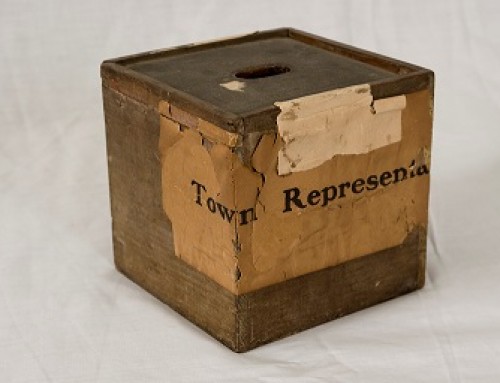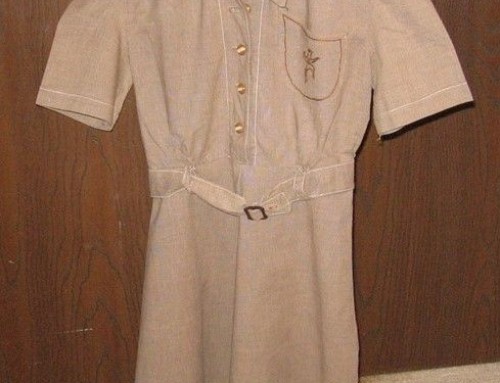I think people in the past must have generally had a higher tolerance for cold than we might today. Imagine attending church in the unheated Norwich meetinghouse, or going to school and sitting with your back against the “frosty walls,” or traveling to town in an open sleigh in January. We have two footwarmers in the collection as well as some soapstone “heaters.”
Letters and diaries from Norwich University students reveal how uncomfortable winter could be. In 1824 young John Hancock wrote in his journal about attending church, recording “my feet were nearly froze this day.” Another day he wrote: “Been to church all day because I could not help myself. Very cold indeed to set all day (or the principal part of it) in the cold.” In February he wrote: “the thermometer stood at 23 below zero in one of the rooms in the first passage occupied by Morton Shepard Clemson.” Those barracks must have been incredibly cold.
While spring was always a welcome change, mud season could be a challenge. Stanley Abbot, a Norwich University cadet, wrote home to his mother in 1862 complaining: “Norwich may be best described as an enormous pig stye, filth nothing but filth all over town owing to the fact that we are thawing out. I stay in the house all the time since it is a sheer impossibility to walk the street and the weather is too cold as yet for me to wear nothing but my swimming drawers and paddle round town.”
By May, things had improved and young Stanley wrote: “I no longer live in a pigstye. Norwich is most beautiful, within the last three days the unsightly trees have put on the verdure of the soft spring foliage, the grass and flowers have risen from their graves, and everything, from the twittering robin that is building his nest beneath my window to the emerald hills beyond the churchyard, bear witness that the ideal May is really come.”


